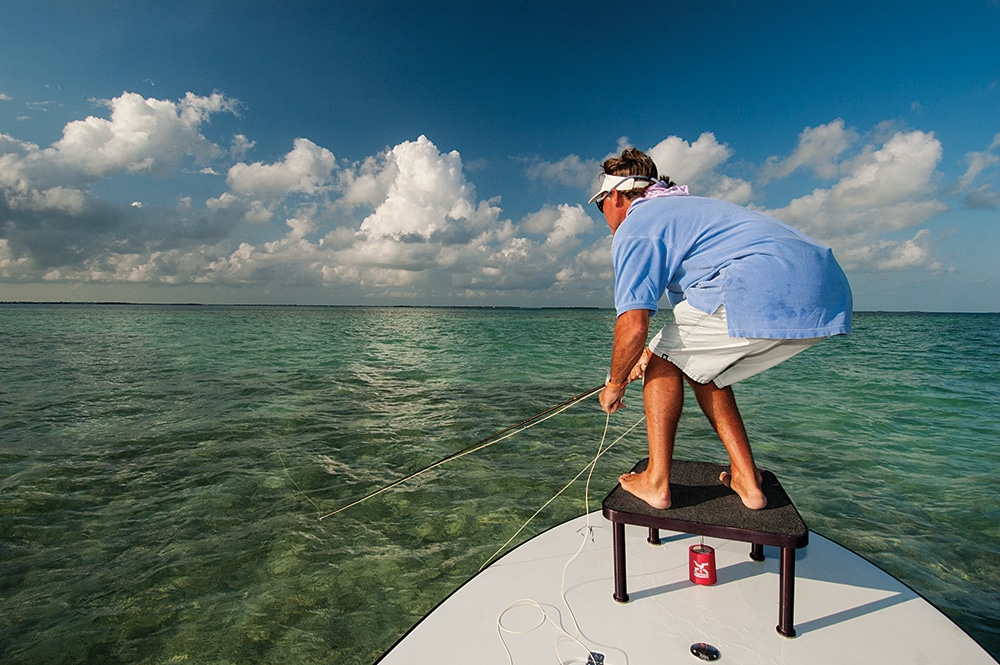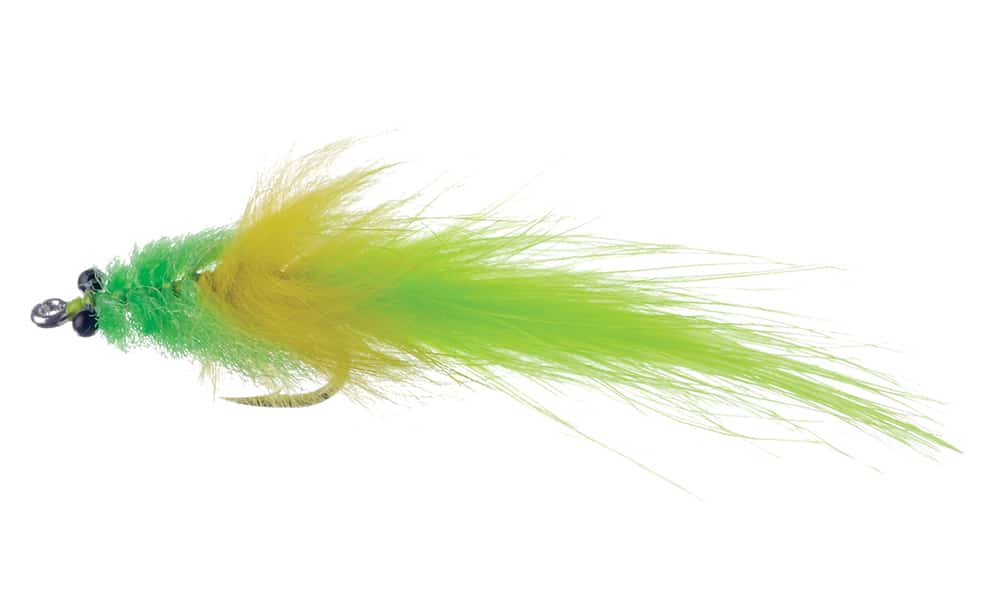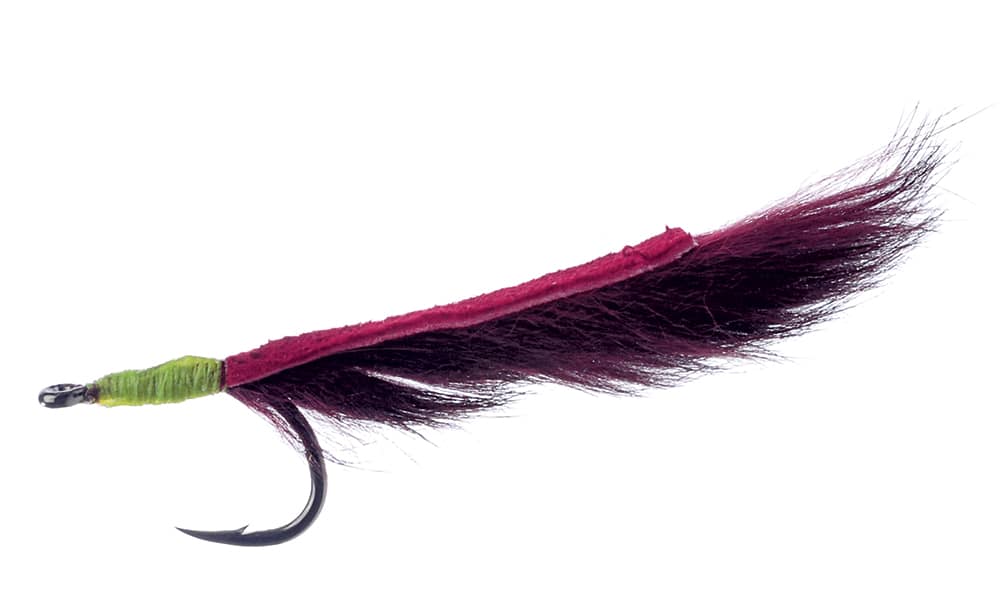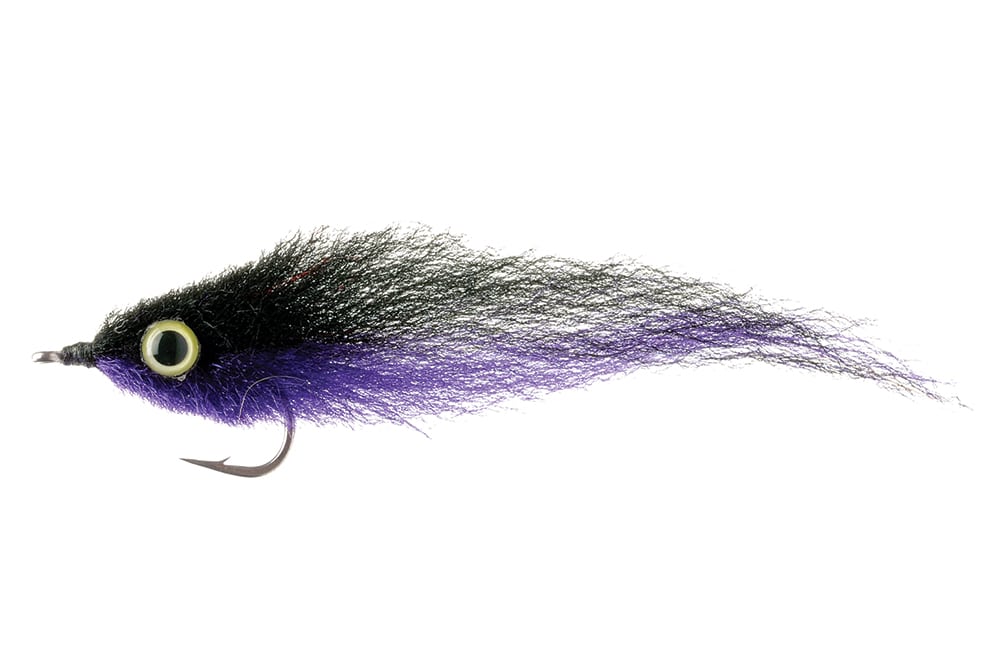
[Click through the images above to see the best tarpon flies.]
It is known the world over as the greatest bite in the game. It’s that moment when all the air inside your chest cavity escapes and the outside world comes to a screeching halt.
Before you, emerging from the depths, is a 100-million-year-old fish slowly rising up to your fly. It’s wide and long. The excitement is overwhelming, and paralysis has taken over every part of your body. And then it happens: The mouth of a giant opens and the great silvery fish turns itself inside out to inhale your bug. In a way, the sight is almost scary and makes one fearful of what you know will happen if you do come tight to the beast. It’s inevitable that it’ll come flying out of the water, suit of armor rattling and gills flared, throwing its head about like a Brahman bull trying to destroy house and home. No one is safe. Welcome to the world of tarpon fishing.
Tarpon love to eat. In all actuality, though, they’re tough to catch. Maybe this is because they have the ability to bring most of us to our knees. By the time they eat our fly, our composure is completely destroyed, and the act of setting the hook is more like reacting to shock treatment.
Most of us fall victim to instinctively using the old trout-set for the first five years of tarpon fishing, guaranteeing a hookup will not happen.
Having enjoyed a front row seat to this behavior for the last 30 years, I can tell you the good news: It does get better.
This great fish rarely swims very far out of its way to eat a fly. The best analogy I have for feeding this animal is that it’s exactly the same as the relationship between a cat and a piece of yarn. If you throw the yarn to the cat within leg’s reach, it’ll spring out and grab it. So, you want to intercept the fish with the fly at the same level in the water column that the fish is swimming. The biggest mistake people make is they throw their fly to the fish. Without a sufficient lead, the fish either blows up or swims under it. Or if the fly is cast into the wrong ZIP code, the fish will never see it. The best tarpon fly is one that screams bite me to the fish.
Good fishermen catch a lot of fish. Big fish too. But great fishermen catch all those plus the fish that doesn’t want to be caught. Being able to read the fish and feed the animal is having that special ability to know the fish and understand its body language. It’s selecting exactly the right fly and then “talking” to the fish through its seductive fibers. It’s all about sweet-talking the tarpon.
I’ve seen fish do back flips to grab a bug that’s sliding over its head, and in contrast, sometimes the take is an ever-so-soft, gentle sip almost as if the fish is licking ice cream from a cone. Either way, in my humble opinion, this is the greatest bite in all of fishing.













